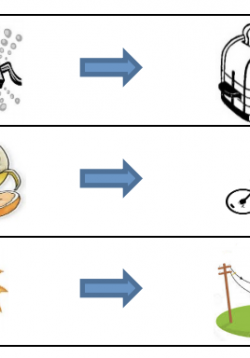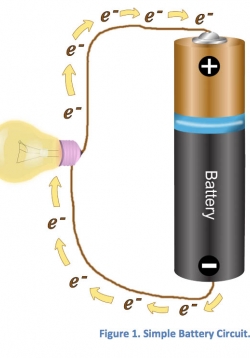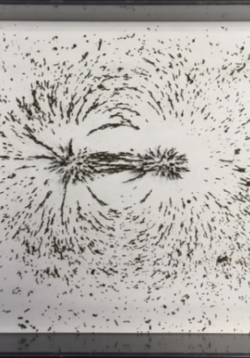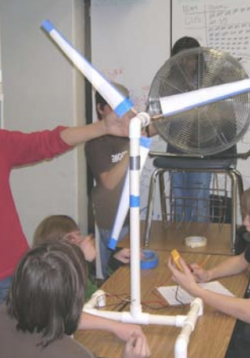Introduction to Energy
This lesson will introduce students to each of the different types of energy using PowerPoint slides, partner activities, and hands-on experiences with different kinds of energy including: batteries (chemical), electrical circuits (electrical), motors (...
Introduction to Circuits
This lesson begins with students having hands-on experiences creating electrical circuits using a battery, wires, and a light bulb. Students will learn that electricity is the flow of electrons, and how electricity moves within a circuit.
How much energy do YOU use?
Students will learn the difference between energy and power. They will then use this new understanding to compare the energy and power difference of light bulbs (incandescent, halogen, fluorescent, and LED) using a tool called a “Kill-A-Watt” meter....
Three Ways to Generate Electricity
This lesson gives students hands-on experiences with the attraction and repulsion of magnets including experiments with how the strength of attraction and repulsion varies with distance. Students see how magnets are used in motors but also in electric...
Variables Affecting Wind Turbine Power
Now that students are familiar with how mechanical electricity generation works, they will build a wind turbine powered by a box fan. Different teams will test different turbine variables to see how the amount of electrical power is affected. After each...
Variables Affecting Solar Power
Students will plan and condict an investigation into solar photovoltaic technologies to determine what variables affect the output of panels. They will calculate and compare their exploration of solar panels to their previous investigation of wind turbines...





